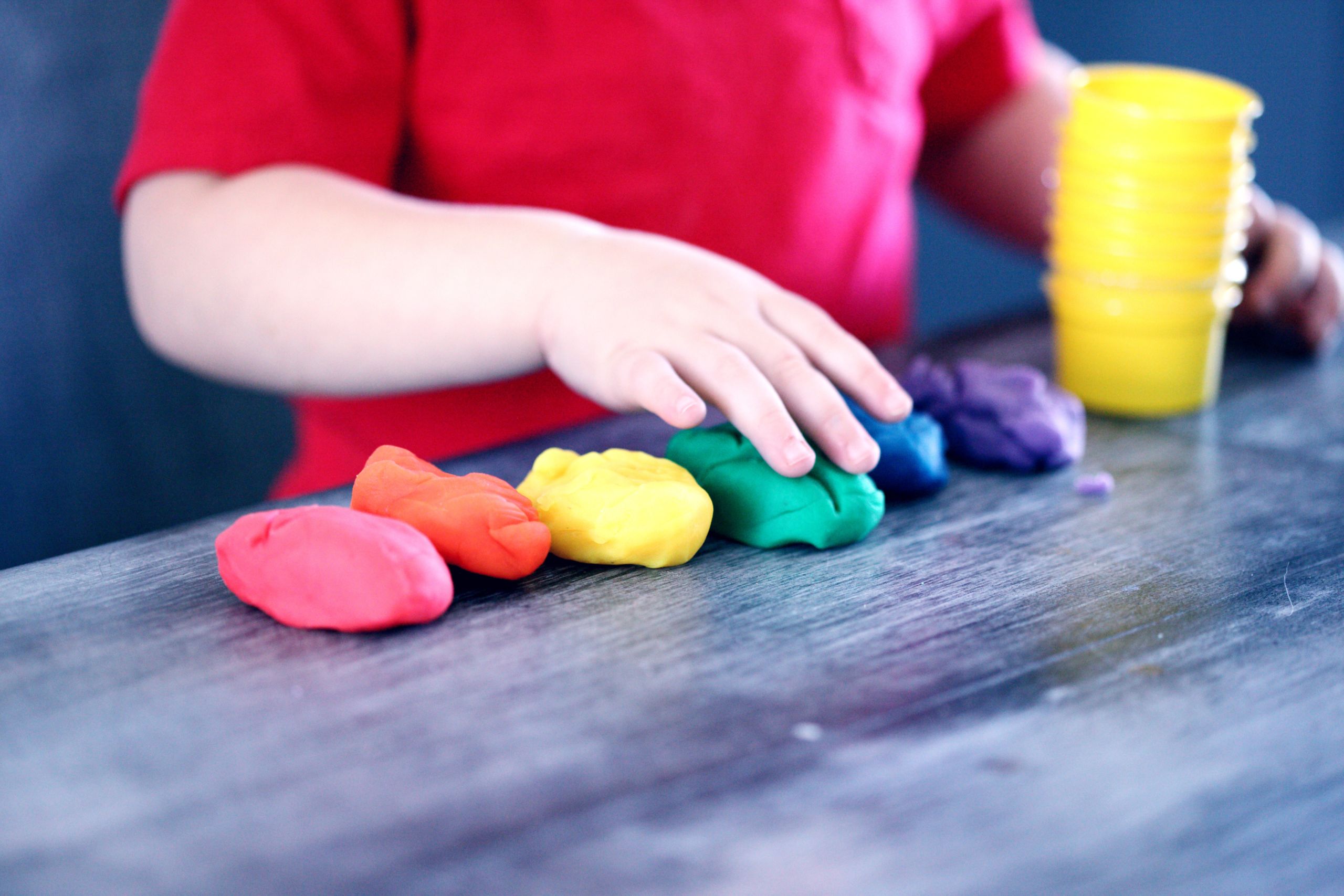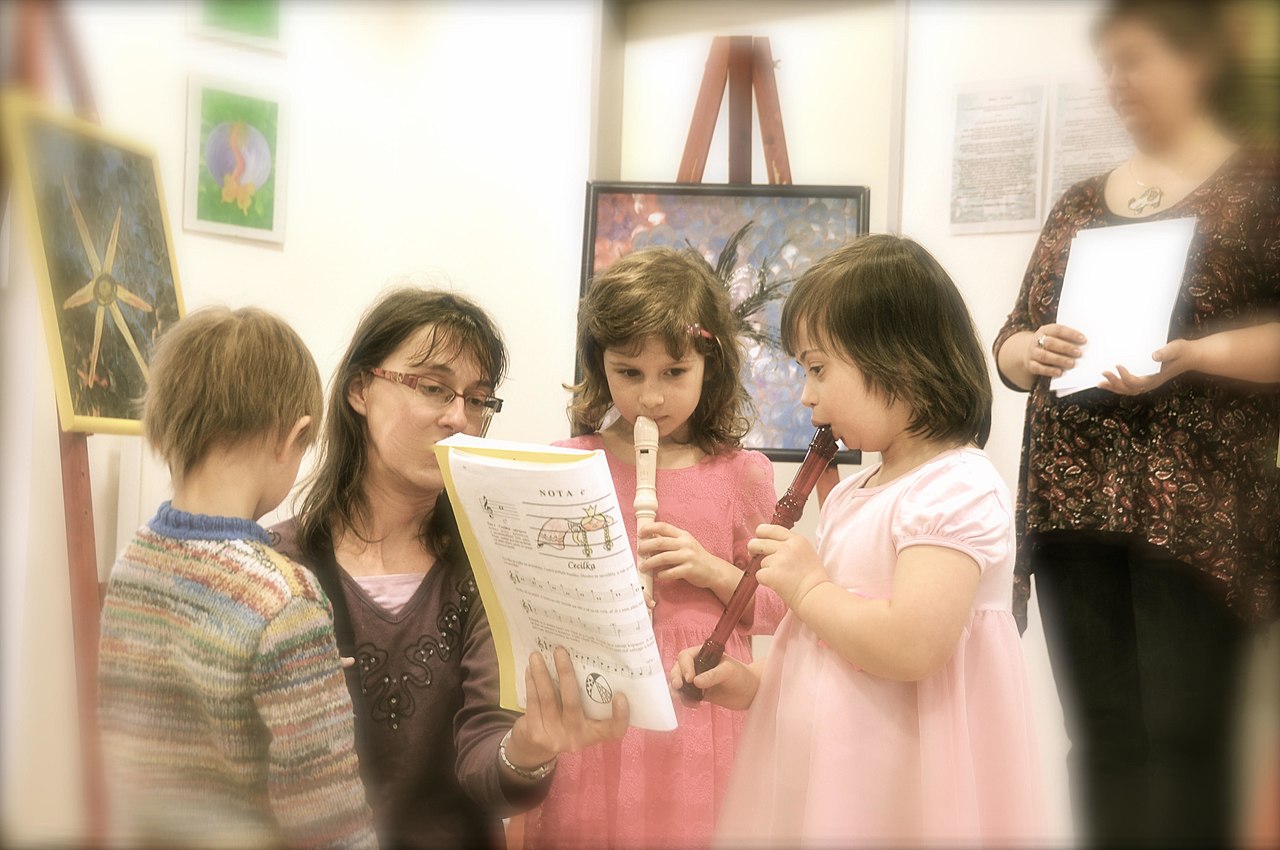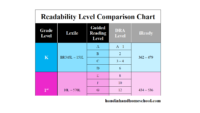Private educational evaluations are not required to follow federal regulations for diagnosing a learning disability. However, being familiar wtih nationally accepted diagnostic standards helps guide good educational decision making and planning processes.
Before dyslexia, or any learning disability, can be diagnosed, information must be gathered about the student and their current level of achievement and cognitive ability. Selecting a qualified testing evaluator is the first step towards understanding a student’s educational needs. The person conducting the assessment, however, cannot provide a family with a learning disability diagnosis unless they conduct a comprehensive evaluation that includes obtaining information from other sources.
- Complete Developmental History
Whether the information is obtained through a parent interview or by having the parent complete an intake questionnaire, an evaluator needs to rule out certain exclusionary factors that may be contributing to a student’s underachievement. - Reviewing Work Samples
Seeing actual work samples in the student’s own handwriting helps an evaluator identify root causes that may be effecting the quality of a student’s work. - Observing Classroom Behavior
While it may not always be possible for an independent evaluator to observe a student in a classroom setting, especially if that child is a homeschooler, it is important to obtain some type of objective feedback from an instructor who is not the parent. This information can be obtained through a telephone conference or completion of a behavioral checklist. - Student Interview
Beyond just building rapport with the student before testing begins, an evaluator should conduct a student interview that verifies information that’s been provided by other adults and, if appropriate for the child’s age, ask for the student’s thoughts about their academic difficulties. - Comprehensive Testing
No single test can confirm or refute a learning disability. At a minimum, though, the child should be tested with an IQ and an achievement test to see if the student is achieving at a rate that is expected for their measured intelligence. If a reading disability is suspected, additional testing should include a test instrument that assesses the student’s phonological awareness, their fluency skills, their oral reading ability, and their comprehension. Testing for a learning disability takes time and should be scheduled over the course of two or more days so the child does not become too tired during testing. - Referring for Outside Consultations
Being able to confirm that a learning problem exists is often the easy part of the evaluation process. Understanding the root cause so approprate intervention methods can be used is often the difficult part. It can happen that an initial educational evaluator conducts comprehensive testing that rules out a number of issues, but then refers the family to a specialist. Following up with a recommended pediatric occupational therapist, a speech language pathologist, a developmental optometrist, or another specialist allows you to tap into the expert knowledge each professional brings to your child’s case.
Last modified on April 14, 2020




